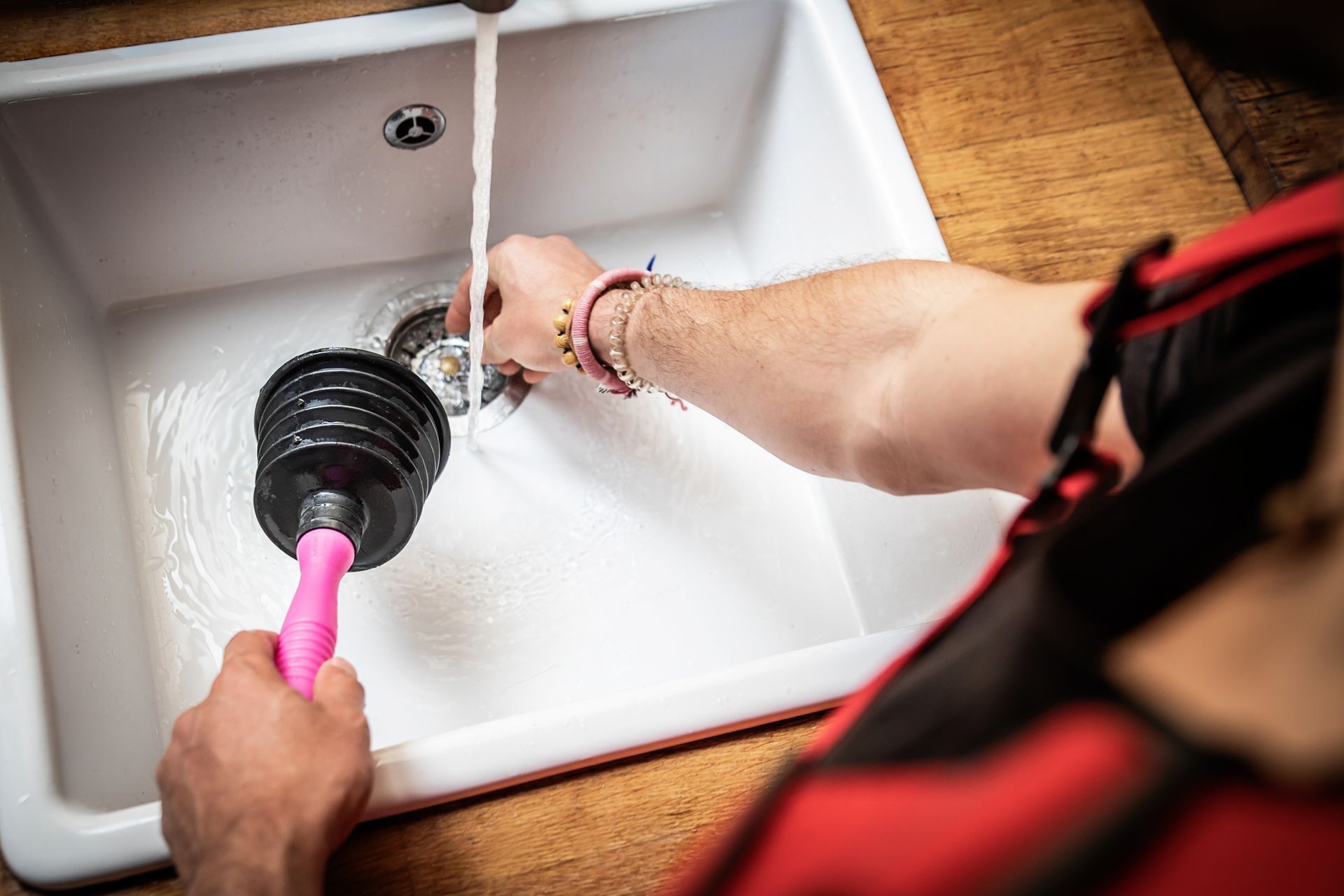2 Common Problems Affecting Water Softeners

Hard water lies behind many of the most common plumbing problems, from simple sink aerator clogs to catastrophic water heater failure.
06.20.2018
Hard water lies behind many of the most common plumbing problems, from simple sink aerator clogs to catastrophic water heater failure. To keep hard water and its problems at bay, many homeowners choose to install water softeners in their home. These useful appliances remove unwanted minerals from your water, thus protecting you from their ill effects.
Unfortunately, over the course of its lifespan, a water softener has a tendency to develop problems itself. These problems often leave the water softener unable to achieve its seemingly simple goal. To learn more about water softener problems and troubleshooting, keep reading. This article will present crucial information about two commonly experienced issues.
1. Resin Bead Efficiency Loss
A water softener removes hard minerals from your water through a process referred to as ion exchange. As its name implies, this ion exchange involves swapping out problematic minerals — magnesium and calcium chief among them — in favor of chemically-related yet far less problematic substances, most often sodium.
The ion exchange process happens inside of a water softener's mineral tank. Inside of the mineral tank reside thousands of small resin beads that are each about a millimeter in size. Each of these beads has a negative charge. Sodium ions cling to many of these beads, yet the relatively more powerful magnesium and calcium ions flowing into the tank easily knock them off then sodium ions and cling to the beads themselves.
As time goes on, however, those resin beads lose their effectiveness. A number of factors contribute to this general process of decay. Iron molecules in the water bind much more tightly to resin beads than even calcium and magnesium. When these iron molecules are not washed away, they oxidize. This oxidation increases the size of the bead and blocks its ability to trap ions.
Resin beads also become damaged as time goes on. This damage may be tied to the presence of chlorine in your municipal water supply. Chlorine acts to break down the internal structure of the beads, turning them to jelly over time. Finally, resin beads may simply break down as the result of the pummeling they take as water flows into and out of the mineral tank.
As more and more resin beads lose their effectiveness, your water softener will have to run more and more frequently to ensure soft water. Combatting this tendency involves having a professional inspect and test your beads periodically, replacing some or all of them as necessary.
2. Brine Tank Salt Bridge
Once all of the resin beads in your mineral tank have attracted hard water minerals, your water softener will no longer be effective. Fortunately, the cycle can be regenerated by flushing the mineral tank with a high-concentration sodium solution. This solution flows into the mineral tank from the second half of your water softener: the brine tank.
The massive influx of sodium into the mineral tank effectively knocks all of the hard minerals off of the resin beads. These minerals fall out of the solution and are funneled out of a drain at the bottom of the tank as the leftover brine is flushed away. Then the mineral tank fills with fresh water once again.
A salt bridge consists of a hardened layer of sodium sitting near the top of the brine tank. Such a salt bridge will often prevent the flow of brine out of the tank, by preventing the water from reaching the brine line leading to the mineral tank. Salt bridges may occur as the result of high environmental humidity, or an excessive salt level in the brine tank.
By blocking brine from entering the mineral tank, a salt bridge will essentially render your water softener useless. Fortunately, a technician can often resolve the issue by physically breaking up the salt bridge and then attending to whatever factors may have lead to its formation.
For more information on what it takes to keep a water softener running strong and effectively, contact the knowledgeable plumbing providers at O'Fallon Sewer Service.
Facebook Twitter Google+ pinterest








